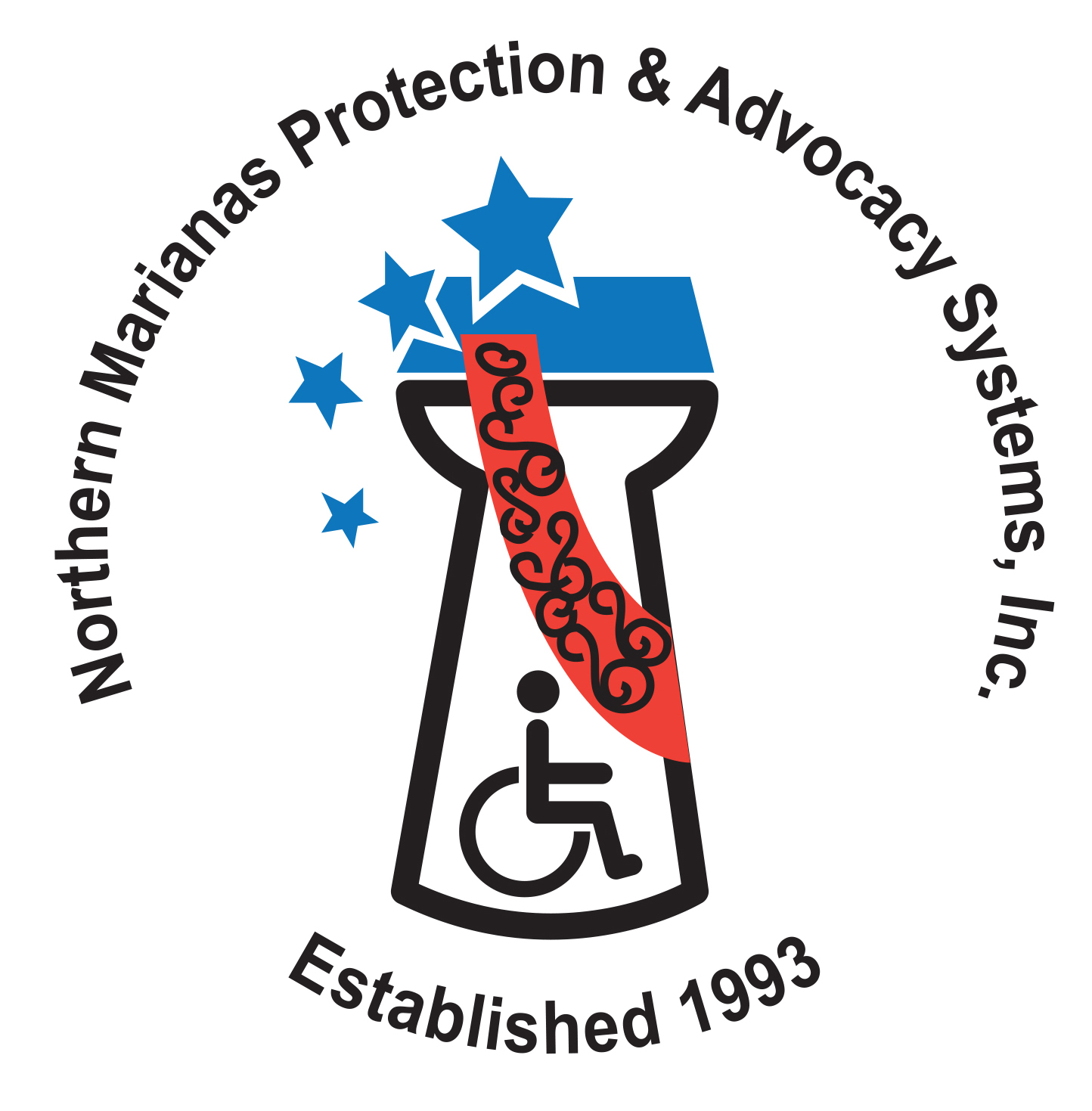SINCE this is November 2016 and also Diabetes Awareness Month, I have decided to talk about my diabetes and how I have dealt with it since I was diagnosed in 2004.
When the doctor told me that I had an elevated sugar level and that I would need to go on medication to control it, I was shocked. I thought I was healthy. Days after the doctor’s visit, I had not taken any medication and was still in disbelief. This wore off eventually, but only after denial, learning about diabetes, wallowing in my sorrow, and then acceptance. This process took me several months to a year. Even after this, it was still very difficult to talk about it with anyone, including my wife, who is my partner in life.![]()
Through my work at NMPASI, I learned that people with diabetes can live productive and meaningful lives once we control our sugar levels. Without realizing it, I was slowly changing my lifestyle to help curb my sugar levels almost unconsciously. I began trying to fit my meals into a bowl instead of the usual plates I used before. I stopped eating late at night just before bed. I had to reduce my intake of rice from two or more scoops to just one a meal. I also have started including brown rice in my meals, but it took me several years as brown rice tastes like cardboard. I also began to develop of habit of walking on the weekends, as much as possible, near the Last Command Post in Marpi with my wife. I even joined a gym and fell in love with the spa. When I enter the spa in the mornings, my day begins. I get a cup of coffee with just milk added and then wade into the hot tub with my cup. I then move to the wet steam room, before going into the warm tub. I then finish off with a jump in the cold tub. The spa works wonders for me with the circulation it brings to my legs and feet. I also try to eat something healthy the size of my fist every 2 to 3 hours. I eat about five times a day to help my metabolism continue to burn calories all day long.
Before western contact, the people of our islands were very healthy in the way they fished and worked the land to produce what they ate. We islanders also have a gene in us that helps us survive long periods of time without food. This is because of storms wiping out food supplies in the islands, and fish leaving the area. What this gene would do in our bodies is tell it to conserve energy and begin storing energy in the form of fat to prepare for these inevitable times of famine.
Unfortunately, this gene still exists within us islanders and is actually a catalyst for diabetes. In other words, it helps us become more susceptible to diabetes, because it still does the same job of storing energy. However, we no longer have long periods of time without food as our food supplies now are abundant and full of fat and cholesterol. I am not blaming our gene or our new food supplies for my diabetes, but knowledge is power.
Knowing these things enables me to make better choices every day. Each one of us is responsible to be productive members of society; but, before that can happen, we must take care of ourselves first.
Today I am still battling Diabetes but I am more aware of the way it affects my body. I don’t eat as much, but I do not limit my diet to any particular food so that I continue to enjoy all the foods I love. An example would be getting a mini ice cream cone instead of a full size one. I have read up on diabetes and continue to learn about the new methods of dealing with diabetes like using leaves from specific types of trees called “Banaba” in Tagalog to make tea. I have also read into Stem Cells may actually be able to be taken from me to reproduce a new Pancreas with my own cells eventually. This is still some years down the road, so I live with the motto to take one day at a time, and to remember how wonderful it is to be alive.
I am determined to go on living, loving, contributing, sharing, learning and serving others in this life.
Thank you for your time with this, and I hope that, if you or a loved one are dealing with diabetes, that you do not lose hope. Learn about diabetes and celebrate this month by participating in the activities that bring awareness to diabetes. Also take the time to look at your intake and frequency of meals to ensure that intake is reduced and frequency of meals is increased. Finally, take it one day at a time and live a wonderful life!
I have much to be thankful for this season. Happy Thanksgiving to all!
The author is a program manager of Northern Marianas Protection and Advocacy Systems Inc.

